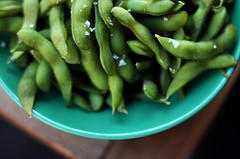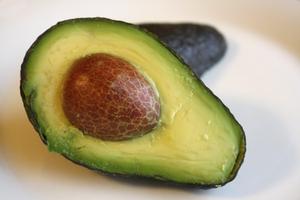While most people think of bananas when they think of sources of potassium, there are actually a wide variety of other foods that contain even more of the beneficial mineral. Potassium helps to keep your heartbeat regular and your muscles, kidneys, and other organs working to their fullest potential, and it’s even been proven to work better than sports drinks at providing energy before a workout. These great foods can help to ensure that you get enough all-natural potassium.
- Sweet potatoes. Along with their numerous other health benefits, sweet potatoes are also very high in potassium. Just one average sized potato contains an impressive 646 milligrams, making it one of the absolute best sources of this mineral. At just 131 calories per sweet potato, they also make a low calorie side dish that won’t derail your diet plans.
- Tomato sauces. The zesty marinara sauce that you toss on your linguine is an even better source of potassium than a fresh tomato. Just 1/4 cup of tomato paste contains 664 milligrams of potassium, and plain old tomato juice offers over 400 milligrams.
- Beans. Whether you prefer fresh green beans or kidney and lima beans, all types of these beans are wonderful sources of potassium. Half of a cup of white beans contains just about 600 milligrams of the necessary mineral, and they’re good for your heart as well.
Top 10 Foods Highest in Potassium [Healthaliciousness]
15 Foods That Are High in Potassium [Health.com]
Foods With More Potassium Than a Banana [Huffington Post]
Potassium and Your CKD Diet [National Kidney Foundation]




 Equal Housing Opportunity
Equal Housing Opportunity